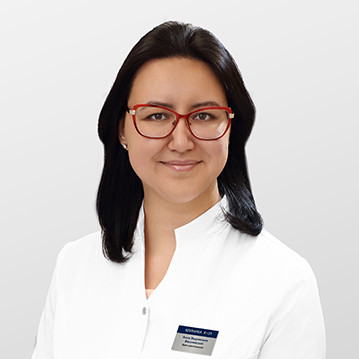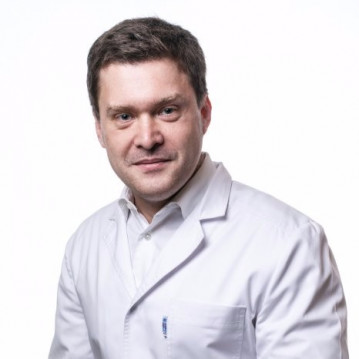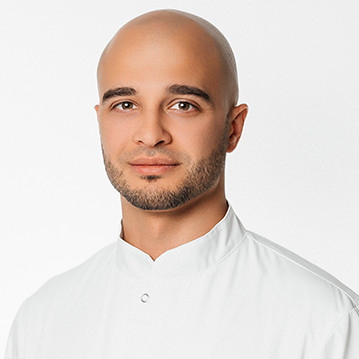Magnetic resonance imaging of the wrist joint is a safe non-invasive method of imaging diagnostics. With its help, you can get clear images with high detail of soft and hard tissues.
In Moscow, MRI of the wrist joint can be done at the "K+31" clinic under the supervision of experienced diagnosticians and with the help of high-precision modern equipment.
What does an MRI of the wrist joint show
Doctors recognize magnetic resonance imaging as the most informative, safe and effective diagnostic technique in orthopedics and traumatology. Thanks to the study, the specialist is able to detect injuries (cracks, dislocations, fractures) and pathological processes in the wrist joint in the early stages of development.
The technique also provides information about the state of the elements that make up the wrist joint: cartilage, ligaments, surrounding tendons and muscles, as well as blood vessels and nerves that pass from the forearm to the hand.
In the images taken with a tomograph, you can see inflammatory and degenerative processes of tissues, edema, circulatory disorders, neoplasms.
Indications for MRI of the hand and wrist
An orthopedist or traumatologist can refer a patient for diagnosis if:
- Chronic pain in the hand or arm in general.
- Occurrence of pain syndrome for unknown reasons.
- Injuries - dislocation, fracture, bruise, sprain, rupture of ligaments or muscles.
- Impaired or limited mobility.
- Joint instability.
- Tendinitis and tenosynovitis.
- The appearance of clicks and crunches during movement.
- Rheumatic affection.
- Deformities of the joint.
- The appearance of bumps, edema.
- Arthritis of the joint.
- Tumor suspected.
- The need to refute or confirm the presence of an inflammatory process.
- Carpal tunnel syndrome.
MRI of the wrist joint can be included in a comprehensive examination in preparation for surgery or during postoperative follow-up.
People at risk (artists and athletes), constantly exposing the hand to stress, women and men over 50 years of age, as well as patients prone to the development of arthrosis and osteoporosis, are recommended to include MRI of the hand in the annual diagnostic complex.
Contraindications for MRI of the wrist
Diagnosis is not carried out in such cases:
- The patient has any metal-based implants - an insulin pump, heart valves, a pacemaker, vascular clips, etc.
- The presence of metal particles in the human body - fragments, bullets, metal shavings.
- The patient is fitted with metal joint prostheses.
- Electronic inner ear implants are used.
- The man has previously had neurostimulators implanted.
- There are tattoos with metallic dyes in the composition.
MRI is not performed during lactation and in the first trimester of pregnancy. However, in case of urgent need and with the consent of the doctor leading the pregnancy, an exception can be made.
MRI with a contrast agent is not performed if the patient has:
- Polyvalent drug allergy.
- Having had allergic reactions in response to MRI with contrast in the past.
- Liver or kidney failure.
The time interval between two studies (CT, MRI) using contrast should be at least one and a half days.

























